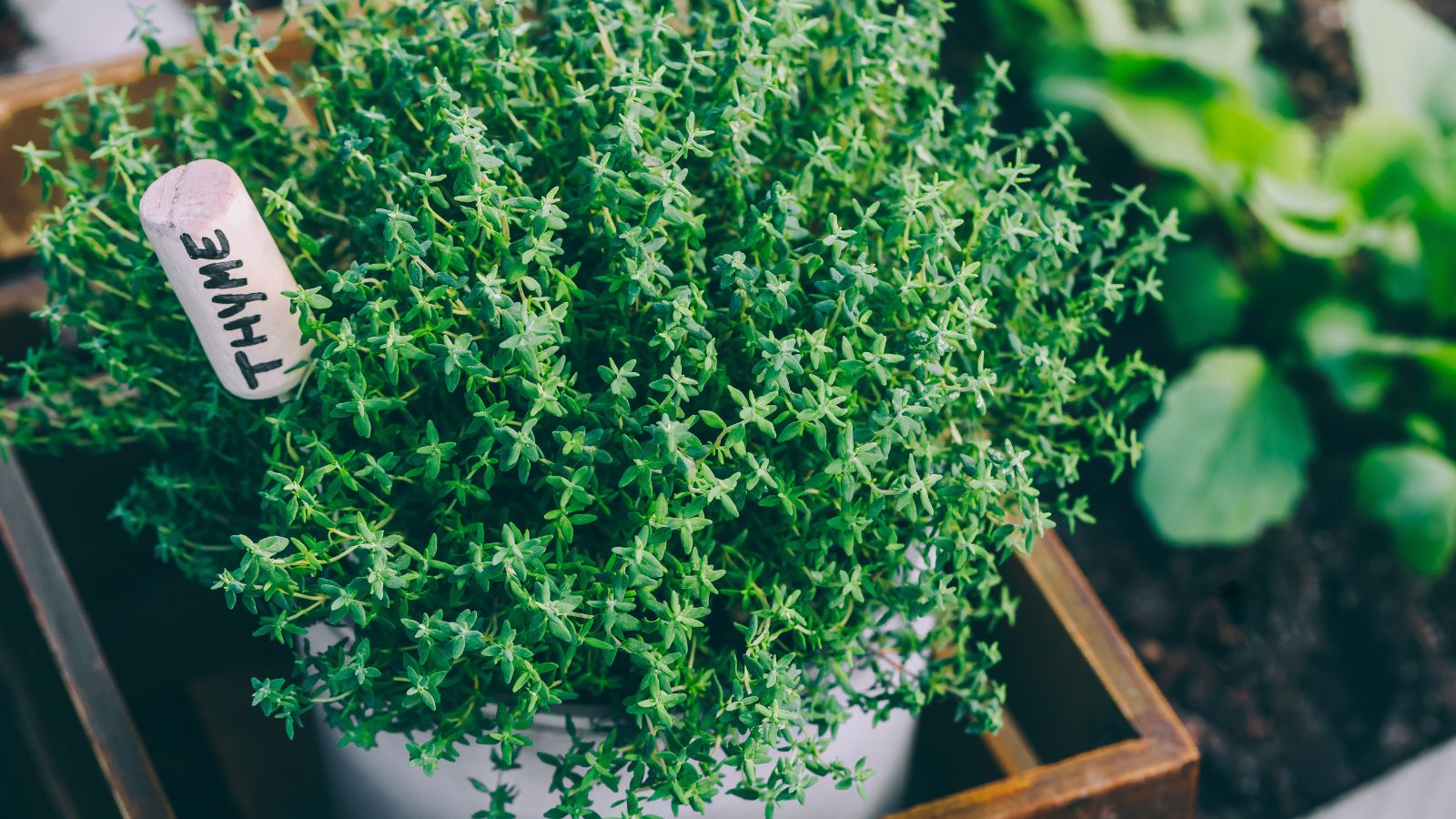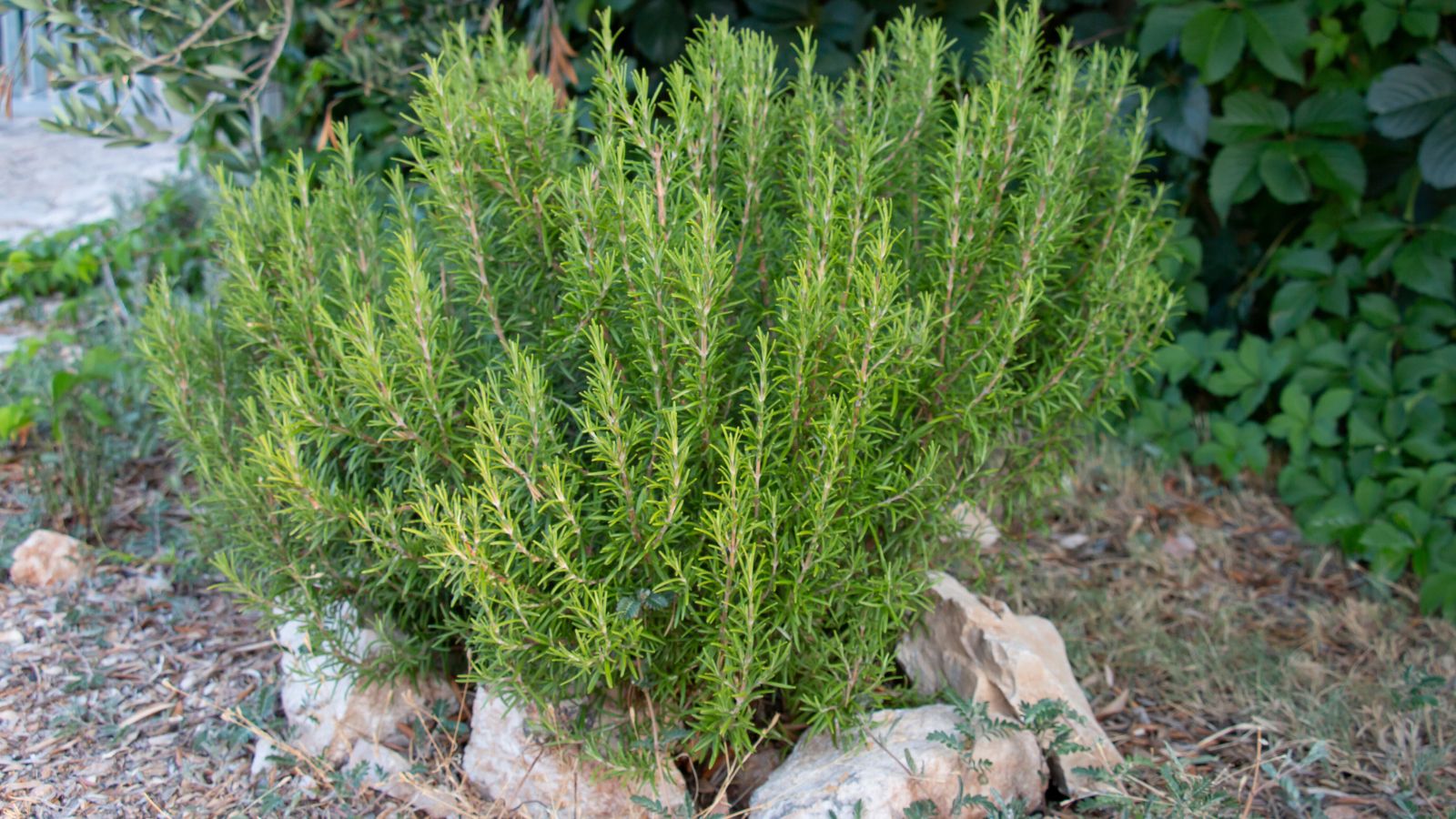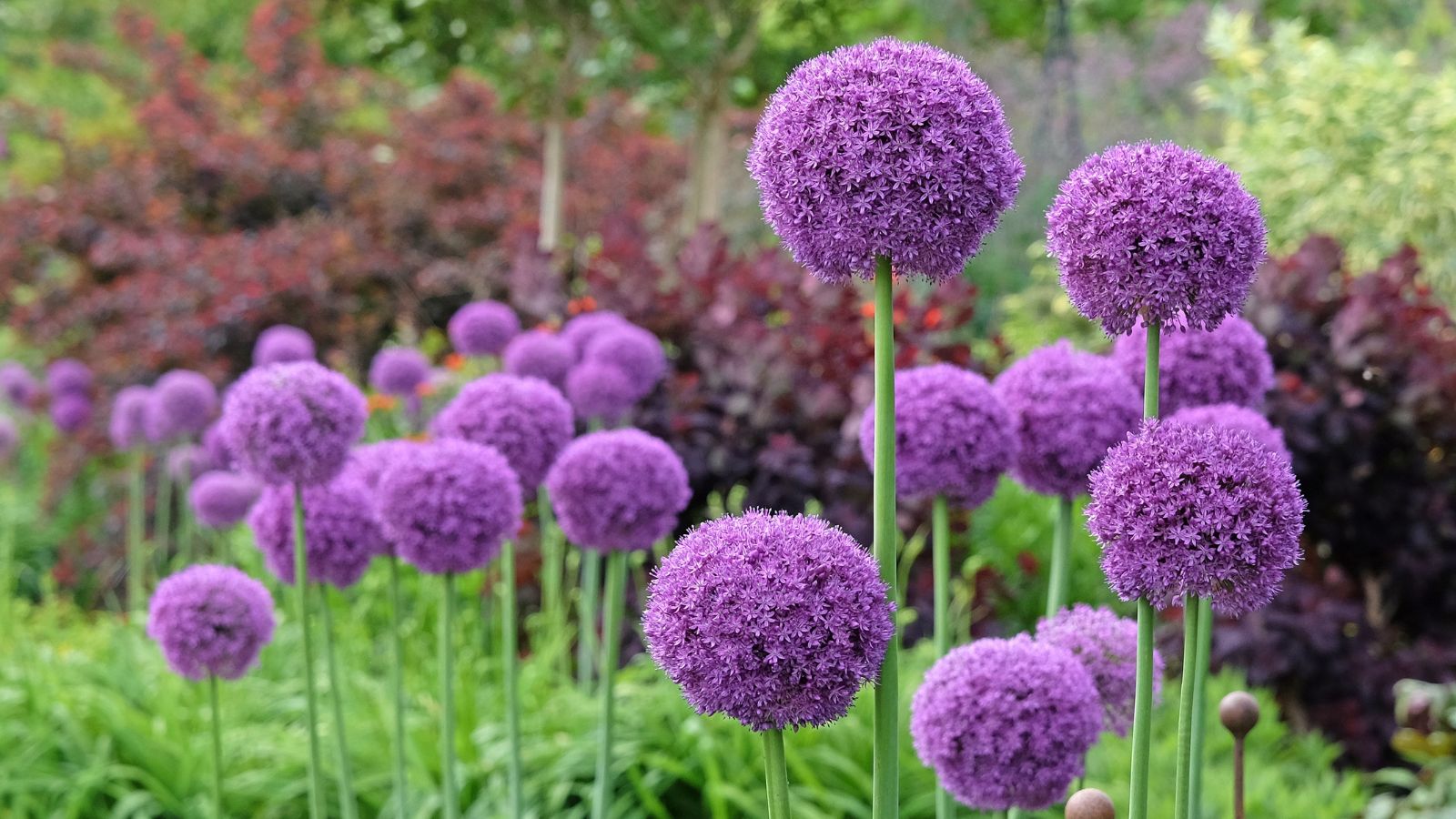We can all agree that deer are adorable creatures, and while they’re shy and harmless towards humans, this certainly isn’t the case when it comes to our plants. If you’ve ever grown vegetables or other plants in your garden, you’ve probably dealt with this before–they’ll quite happily munch away on our hard work, which can be pretty frustrating! Don’t worry, though, because if you plant the following plants next year, you should be able to keep the deer away.
Lavender

One of the best ways to keep deer away is through scent, which lavender excels at. Sure, this fragrant herb may be soothing to humans, but deer are repelled by it. Best of all, lavender’s silvery leaves and purple flowers add visual appeal to any garden, especially when it blooms in summer, creating an aromatic shield that encourages deer to seek food elsewhere.
Thyme

In the same vein as lavender, thyme’s earthy aroma can deter deer, though its effectiveness can vary depending on region and deer population. Generally, though, its spread and quick growth make it a good choice for borders, adding a lush green cover while subtly encouraging deer to wander in another direction.
Daffodils

They might look beautiful to us, but daffodils contain natural toxins that repel deer and other animals, making them a bright, cheerful choice for deer-proofing your garden. These spring bloomers are also very easy to grow and adapt well to various conditions, so it’s a win-win, giving you vibrant colors without fear of hungry deer destroying them.
Sage

Another aromatic herb that deer dislike is sage, which brings both color and texture to garden beds while being highly functional. To us, the smell is delightful, and its gray-green leaves and purple flowers are rather pretty. Deer see them differently, though, so consider planting some near your vegetables to keep these adorable pests away.
Foxglove

Foxglove’s toxicity to many animals, including deer, makes it an effective choice for deterrence. Due to its toxicity, deer tend to avoid foxglove, so you shouldn’t have to worry about poisoning them–they’ll just stay away. What’s more, this enchanting plant has tall stalks and bell-shaped blooms, so they’ll no doubt be a unique visual addition to your garden.
Bee Balm

Due to its strong, deer-deterrent scent, bee balm is a very good choice for your garden. It adds vibrant red, pink, or purple flowers that attract pollinators like bees and butterflies while preventing deer from eating your other plants. Thriving in full sun, bee balm can create a lively splash of color while keeping your garden safe from deer nibbling.
Marigolds

There’s no denying that the bright scent of marigolds can deter deer, but it’s not entirely foolproof. This is primarily because the scent isn’t quite enough to stop them from coming close, so while they won’t eat your marigolds, they may step over them to eat your other plants. They’re easy to grow, though, and can provide some level of protection around more delicate plants, so you may as well plant them.
Russian Sage

As with regular sage, the tall, silvery stems and lavender-blue flowers of Russian sage not only provide a unique look but also serve as a natural deer repellent. Deer are put off by its intense aroma, especially under the summer sun, so go ahead and plant some, knowing that your harvest next year will be safe from becoming a snack for the deer.
Lamb’s Ear

We’re not sure why, but the fuzzy leaves of lamb’s ear aren’t appealing to deer, who usually steer clear of its unique texture. Therefore, this hardy plant is often used as a ground cover or border, adding a gentle touch while effectively creating a deer-resistant boundary.
Chives

As you can imagine, chives’ onion-like aroma keeps deer at a distance while offering a dual-purpose plant for the garden and kitchen alike. The green stems and small purple flowers add both color and an edible deterrent that helps safeguard nearby plants. It’s strange that they hate their aroma because, to us, it smells delightful!
Yarrow

Yarrow’s feathery foliage and clusters of tiny flowers are a beautiful addition to any garden. Best of all, their bitter taste and scent make for a superb deer repellent. It’s also ideal if you’re new to gardening because yarrow is a highly low-maintenance option, so growing it shouldn’t be too much trouble.
Catmint

Catmint’s lavender-blue flowers and aromatic leaves create an attractive deer-resistant option. Unfortunately, it does draw feline friends, with cats being a big fan of the flavor (hence its name.) Cats are far less destructive than deer, though, so it’s still a solid choice for garden beds, especially for gardeners in dry climates, as it’s highly drought-resistant.
Rosemary

You may have noticed that most of the plants on this list are herbs–that’s all because of deer hating their strong aromas. Rosemary is another classic example of this, making it an effective border plant to keep deer out. Furthermore, it’s also beautiful, beloved by gardeners for its evergreen presence and uniquely spiky leaves.
Allium

It shouldn’t be too surprising to you now that the alliums’ strong onion-like aroma is highly effective in repelling deer. Its unique blooms also offer a delightful visual standout and are available in shades of purple, blue, and white. You’ll no doubt find that this plant adds structure to your garden, all while helping keep deer at bay.
Calendula

Calendula, or pot marigold, has a spicy scent that’s generally disliked by deer. It’s worth mentioning that, in some regions, deer may still snack on calendula if food is limited. In general, though, its cheerful orange or yellow blooms keep deer away, attract pollinators, and bring a whole lot of color to your garden.
Feverfew

Last but not least is the feverfew, a plant with bitter leaves that deer tend to avoid; in fact, it could be one of the most reliable choices on this list. To make matters even better, this hardy plant’s small, daisy-like flowers provide a gentle beauty, requiring little care while helping to keep your garden’s blooms protected.
